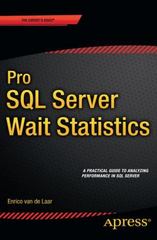Answered step by step
Verified Expert Solution
Question
1 Approved Answer
Calculates the hash code for Strings, using the x = 3 1 * x + y pattern. * Follow the specification in the String.hashCode (
Calculates the hash code for Strings, using the xx y pattern.
Follow the specification in the String.hashCode method in the Java API.
Note that the hashcode can overflow the max integer, so it can be
negative. Later, in another method, you'll need to account for a negative
hashcode by adding Integer.MAXVALUE before you mod by the capacity
table size to get the index.
This method is NOT the place to calculate the index though.
@param item
@return The hash code for this String
Step by Step Solution
There are 3 Steps involved in it
Step: 1

Get Instant Access to Expert-Tailored Solutions
See step-by-step solutions with expert insights and AI powered tools for academic success
Step: 2

Step: 3

Ace Your Homework with AI
Get the answers you need in no time with our AI-driven, step-by-step assistance
Get Started


